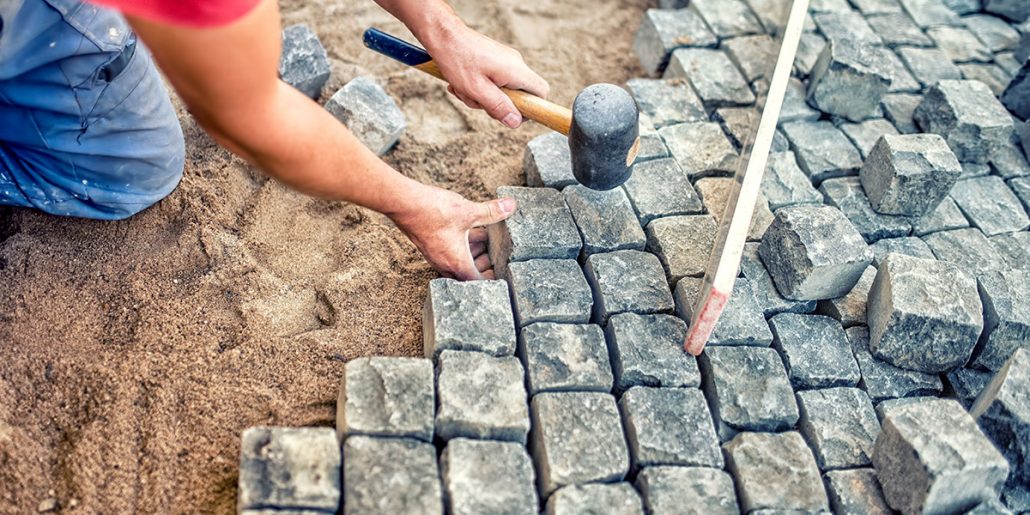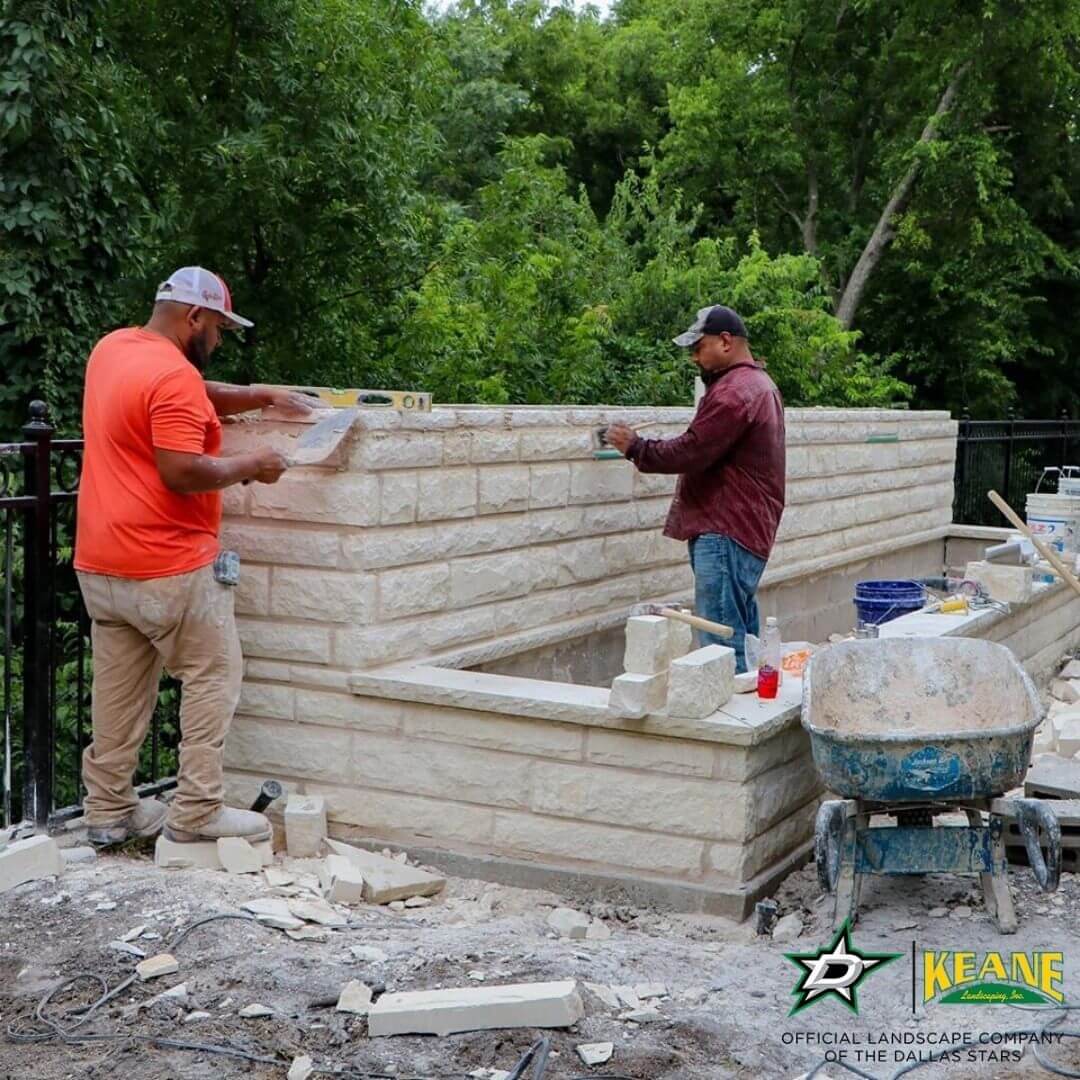Unlocking the Secrets of Sustainable Masonry Construction Practices for Eco-Friendly Buildings
Among the myriad strategies to environment-friendly structure, lasting stonework building stands out as a time-tested and durable method that holds a wealth of untapped possibility. From the selection of products to innovative construction strategies, the tricks to accomplishing sustainability within stonework building are multifaceted and intriguing.
Benefits of Lasting Stonework Construction
Accepting sustainable masonry construction methods not only reduces environmental effect yet also uses lasting economic benefits to building contractors and communities. By using products like recycled blocks, blocks, and stones, contractors can significantly decrease the carbon footprint of their jobs while promoting source performance. In addition, sustainable masonry construction methods, such as appropriate insulation and thermal mass homes, can enhance energy effectiveness within buildings, leading to reduced operational costs in time.
Furthermore, the durability and resilience of masonry structures add to long-term financial advantages. Structures created using sustainable masonry practices frequently need less maintenance and repair work, equating to set you back savings for home builders and residential property owners. The durability of masonry products additionally makes sure that frameworks continue to be secure and safe, minimizing the requirement for frequent renovations or replacements.
Eco-Friendly Stonework Products
Using eco-friendly stonework products is a critical step in the direction of boosting the sustainability of building practices and minimizing ecological influence while maximizing long-term financial benefits. Sustainable stonework materials are sourced, generated, and used in a manner that lowers general environmental influence. Materials such as recycled blocks, recovered stone, and lasting concrete blocks are coming to be progressively popular options for eco-conscious home builders. Recycled bricks, for instance, not only draw away waste from land fills yet likewise require less power to produce contrasted to new blocks. Recovered rock provides an unique aesthetic allure while decreasing the demand for new quarrying. Sustainable concrete obstructs integrate recycled accumulations and may feature better insulation homes, contributing to energy effectiveness in structures.
Moreover, all-natural products like adobe, rammed planet, and straw bundles give excellent thermal mass residential properties, reducing the need for home heating and cooling energy. These materials are typically in your area readily available, promoting regional economic situations and decreasing transportation-related carbon discharges. By picking environment-friendly masonry materials, construction projects can substantially minimize their environmental footprint and add to the production of much healthier, a lot more sustainable built environments.
Energy-Efficient Stonework Strategies
Power performance plays a crucial role in boosting the sustainability of stonework building practices. more helpful hints By executing energy-efficient masonry techniques, home builders can substantially decrease the general power intake of a structure, causing lower functional prices and a smaller sized environmental impact. One vital energy-efficient stonework technique is the use of thermal mass, which entails integrating dense products like concrete or block right into the building's structure to soak up and keep heat. This aids control indoor temperatures, reducing the demand for mechanical heating and cooling systems.

Technologies in Lasting Stonework
Current advancements in sustainable masonry techniques have actually brought about innovative techniques that are improving the building market. One such advancement is the growth of site here self-healing concrete, which uses microorganisms installed within the concrete to recover splits autonomously. This innovation not just minimizes maintenance costs but additionally boosts the resilience of masonry frameworks, adding to their sustainability.
One more noteworthy innovation is making use of recycled accumulations in masonry building and construction - masonry contractor. By including products such as smashed ceramic waste or recycled glass into concrete mixes, builders can reduce the ecological effect of construction jobs while maintaining structural honesty. This method not only draws away waste from garbage dumps but likewise conserves all-natural resources, making it a vital improvement in sustainable stonework construction
In addition, the combination of digital style tools, such as Building Details Modeling (BIM), is transforming the way stonework structures are intended and built. BIM permits more precise computations, reduced product wastage, and boosted energy effectiveness, ultimately bring about more lasting building techniques. These technologies collectively indicate an encouraging future for sustainable masonry construction in the age of environmentally friendly structures.
Future Trends in Masonry Sustainability
With the innovative strides made in lasting masonry methods, the future fads in masonry sustainability are poised to more revolutionize the building industry. Among the essential fads shaping the future of masonry sustainability is the raised integration of modern technology. Developments such as Structure Details Modeling (BIM) and online fact simulations are being made use of to optimize stonework building and construction processes, bring about minimized product waste and enhanced power efficiency discover this info here in structures.
In addition, the growth of novel lasting products is readied to play a significant role in boosting the eco-friendliness of stonework building and construction. masonry contractor. Advancements like self-healing concrete, recycled accumulations, and bio-based binders are gaining grip for their ability to minimize environmental impact while keeping structural honesty

Verdict
To conclude, sustainable stonework building and construction techniques provide numerous advantages for green buildings. By utilizing environment-friendly materials and energy-efficient methods, masonry can add to a much more sustainable developed setting. Innovations in lasting masonry are constantly being developed to additionally enhance the ecological efficiency of buildings. Looking in the direction of the future, the trend of stonework sustainability is expected to grow, leading to even more eco-friendly and energy-efficient construction methods in the years to come.